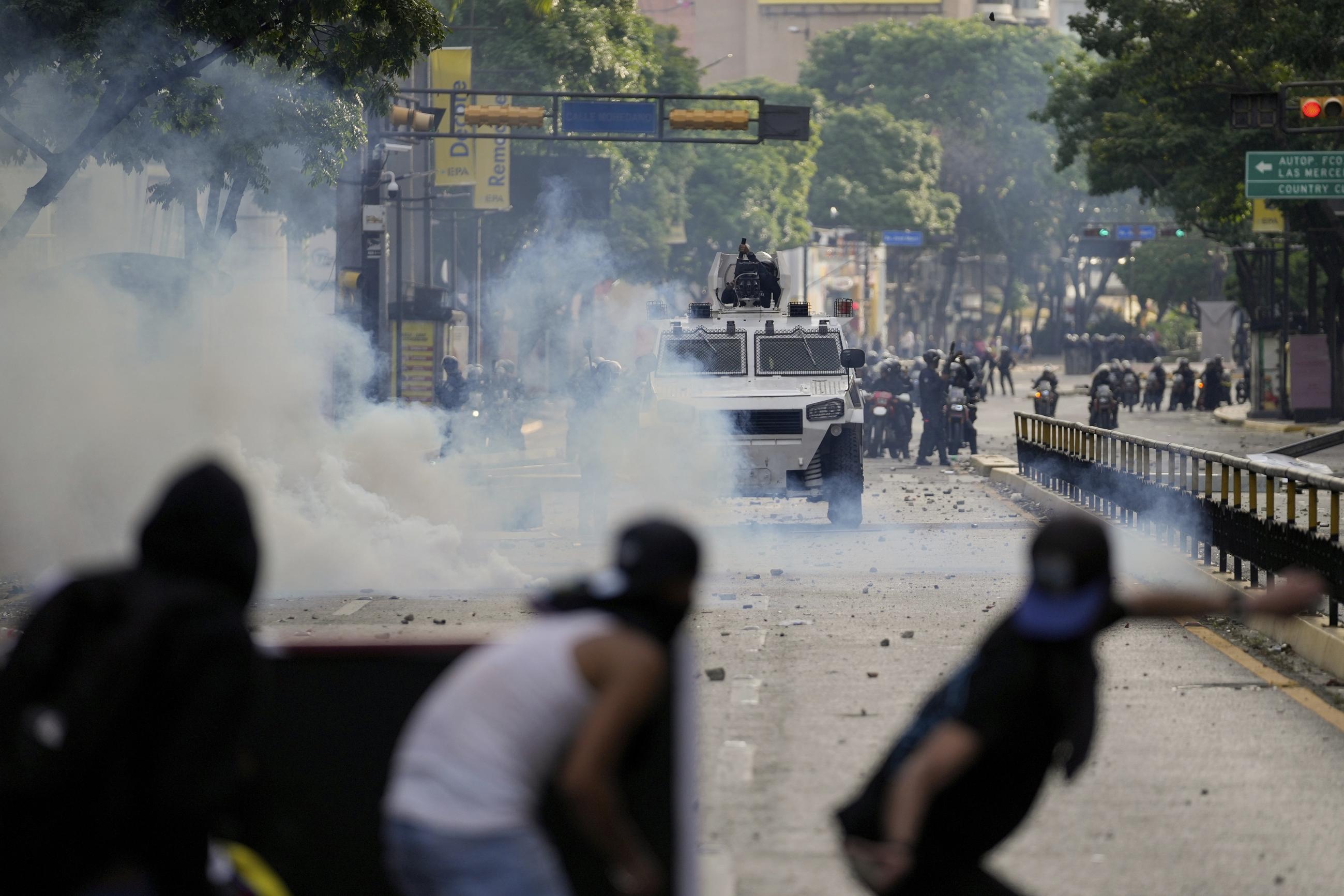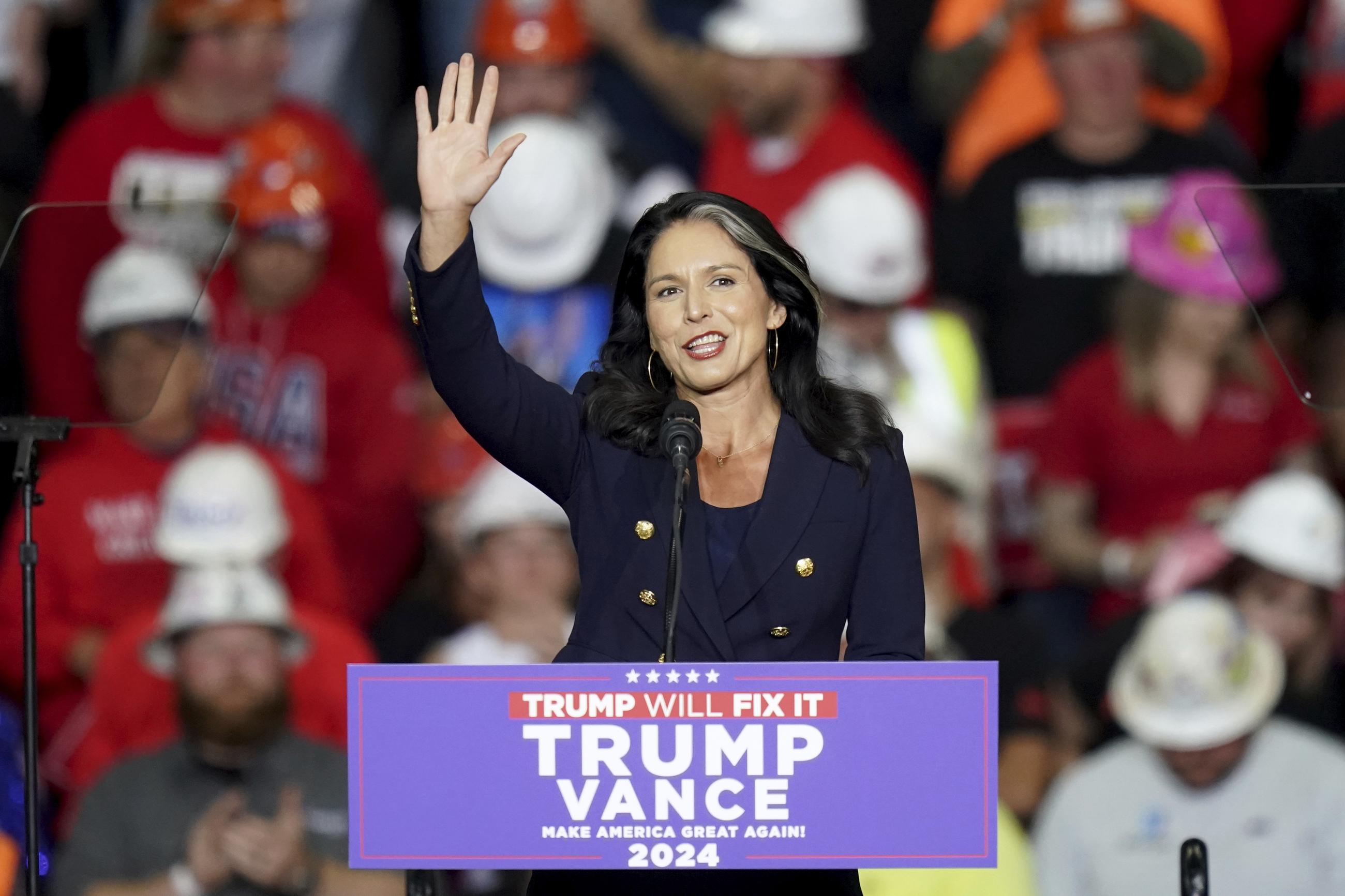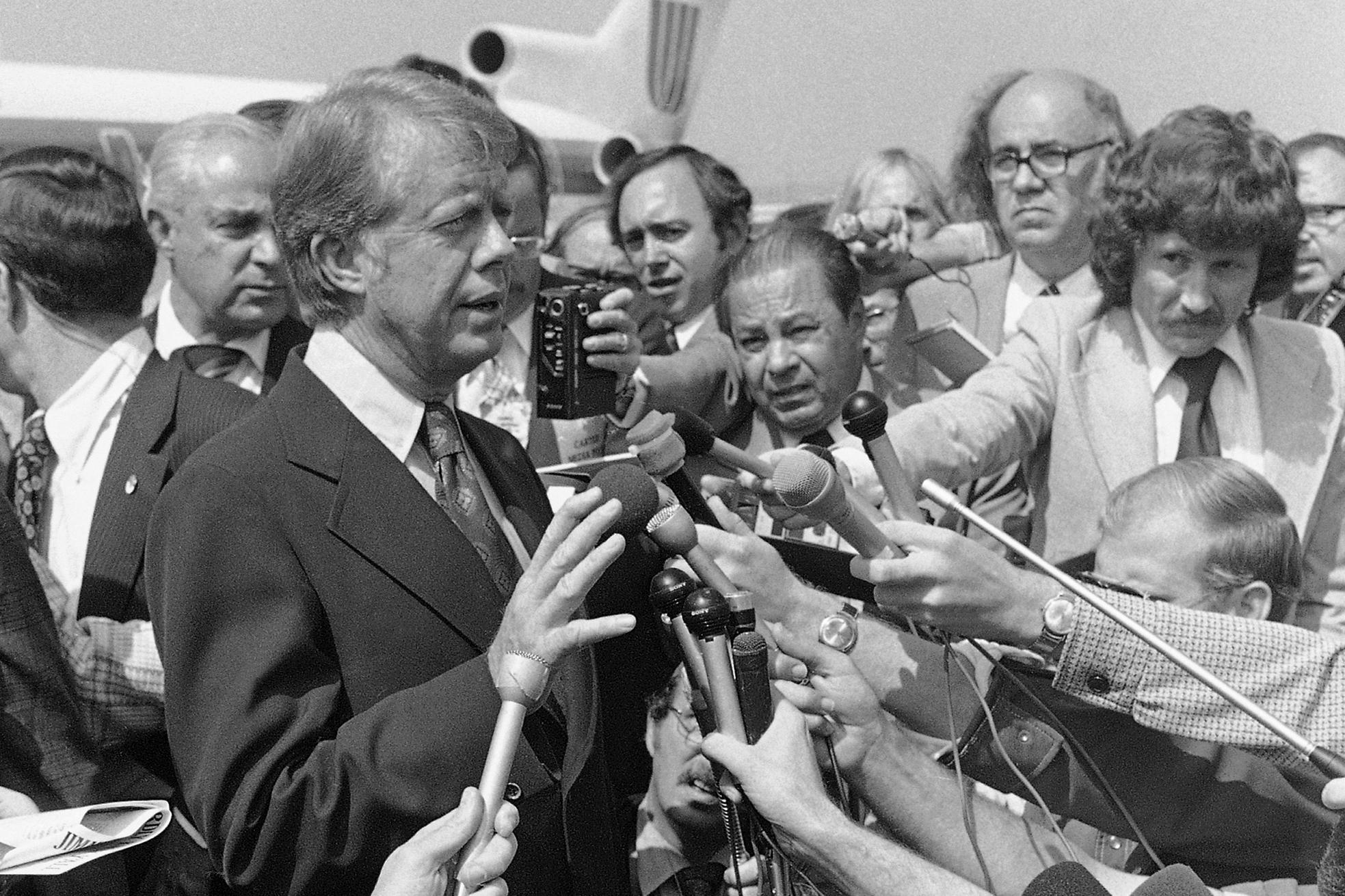The most recent snapshot of the Trump presidency is one of a traveling man with his gaze fixed far beyond America’s shores. Just since Labor Day, the president has spent more time on foreign travel and talks with foreign leaders than any other president since World War II, including seven presidents during the Cold War and one president who had to confront the 9/11 terrorist attacks only days after Labor Day in 2001.
To the dismay of some of his supporters—and to the possible detriment of his party—that also means much less public attention to the domestic issues voters say they most care about. While he was showered with praise on his triumphal visit to Israel and Egypt and was hailed as a peacemaker on his Asian tour, some discordant notes are sounding back home, most notably by two MAGA foot soldiers known previously for their loyalty and soft questions.
On Monday, Rep. Marjorie Taylor Greene bristled at the president welcoming the new president of Syria to the Oval Office, noting Ahmed al-Sharaa’s past as a terrorist battling America. “I would really like to see nonstop meetings at the WH on domestic policy not foreign policy and foreign country’s leaders,” she posted on X.
Later that day, Trump shot back at the Georgia Republican, telling reporters, “I don’t know what happened to Marjorie. Nice woman, but I don’t know what happened. She’s lost her way, I think.”
He offered a lengthy defense of his focus on foreign affairs: “I have to view the presidency as a worldwide situation, not locally. I mean we could have a world that’s on fire, where wars come to our shores very easily.” He added, “Don’t forget I put out eight wars, nine to come.” He said, “When you’re president, you really sort of have to watch over the world.”
Just hours later, he sat down with Laura Ingraham, one of his staunchest supporters at Fox News. Again, he encountered unease about his domestic record, as Ingraham brought up the Democratic victories the week before in Virginia and New Jersey and polling showing voter worries about the economy.
“It’s a con job by the Democrats,” insisted Trump. When Ingraham pressed on, asking him why Americans are "saying they’re anxious about the economy,” he denied it: “I think polls are fake. We have the greatest economy we’ve ever had.”
By almost any measure when compared to previous presidents of the last eight decades, Trump’s heavy autumn emphasis on foreign policy is unusual—more overseas travel and less domestic travel; fewer members of Congress coming to the White House and more foreign leaders visiting the Oval Office; fewer speeches to domestic audiences and more speeches to international audiences; more talking to prime ministers, emirs, and kings, and less talking with governors.
Since World War II, Trump is the first president to take more than one foreign trip between Labor Day and Veterans Day in the first year after his election. This year, he spent ten days in seven countries—the United Kingdom, Israel, Egypt, Qatar, Malaysia, Japan and South Korea.
In the 72 years starting with Eisenhower in 1953 and 1957, presidents in nine of those years did not leave the country in that period. Presidents in eight of those years left only once. Before this year, the most extensive trip taken by any president other than Trump came in 2021, when President Biden went to two countries for five days. In 2017, first-term Trump spent seven days in four countries by Nov. 11.
The numbers show a president enamored with his ability to stride across the world stage, acutely aware of the leverage enjoyed by the chief executive of the world’s leading superpower. In every setting, he claims to have resolved at least eight wars that he asserts were ongoing when he returned to office for a second term, brushing aside fact checkers who quibble with his insistence that his peace-making efforts are historic and deserve the Nobel Peace Prize.
It is in line with his Inaugural Day promise. “That’s what I want to be—a peacemaker and a unifier,” he said shortly after taking the oath of office.
Both the numbers and the quest for the Peace Prize are in contrast to his post-Labor Day behavior in his first term. Then, he was more interested in pushing domestic legislation through Congress and assuring the prize he craved—reelection.
This year, since Labor Day, the president has visited five states. Four of the five trips were to visit his own properties or golf courses in Virginia, Florida, New Jersey, and New York, as well as to go to the Pentagon and the United Nations. The fifth was to attend the memorial service in Arizona for Trump supporter and conservative activist Charlie Kirk. Those trips included 15 days playing golf.
In 2017, there was less golf—11 days—and much more time in different states. He took trips to 15 states, triple his total this year. Like this year, the 2017 post-Labor Day travel included the annual trip to New York for a speech at the United Nations. But unlike this year, the travel then included trips to deliver domestic-policy speeches as well as trips to assess hurricane damage.

The personal interaction with members of Congress was more intense in 2017, as the president devoted much effort to pushing his domestic agenda through Capitol Hill with several speeches and much arm-twisting devoted to his tax bill. At least 14 meetings were on his schedule in that 72-day stretch. That included a dinner with then-House Speaker Paul Ryan, a lunch with then-Senate Majority Leader Mitch McConnell, a trip to Capitol Hill to have lunch with the Senate Republican Policy Committee, individual meetings with Sens. Bob Corker and Rick Scott, sessions with the bipartisan leadership, and meetings with both the Democratic and Republican members of the House Ways and Means Committee and the Senate Finance Committee.
There have been only a handful of such meetings this year, including just one with Democrats. That was the Sept. 29 Oval Office meeting with the bipartisan House and Senate leadership on the eve of the government shutdown. Trump’s four other interactions with members at the White House included Tennessee members visiting to endorse his actions against crime in Memphis, a Rose Garden dinner on Oct. 6 to thank his Republican supporters, and a Nov. 5 breakfast with senators. That breakfast featured meandering Trump remarks that veered from the shutdown to Senate “blue slips” to his foreign successes, with little talk of any domestic agenda.
Under Trump II, foreign leaders are much more frequent guests than governors or senators or members of the House. In the 72 days from Labor Day to Veterans Day, the president met with 34 world leaders, 14 of them at the White House. In the same stretch of 2017, only five of his 24 meetings with foreign leaders were at the White House.
Remarkably, at this point in the first year of his term, Trump is spending more time on foreign policy than President George H.W. Bush, whose prioritization of international issues was a major factor in his defeat when he ran for a second term in 1992.
In 1991, Democrats tweaked the president—and made money—selling “The Anywhere But America Tour” T-shirts that, like a rock band’s tour merchandise, listed all the dates and foreign stops the president had made. He had been riding high after his victory in the Persian Gulf War. But after the victory parades ended, his record-high 91 percent approval rating plummeted to 34 percent in 1992. Even when it was still at 64 percent, Americans told pollsters Bush was spending too much time on foreign policy. In a New York Times poll in October 1991, 59 percent said he had neglected the home front and 78 percent said he should concentrate more on the economy.
Voters approved of Bush’s actions overseas. But the domestic economy was far more important to them. Almost four decades later, Americans seem to be sending a similar message to this White House.







